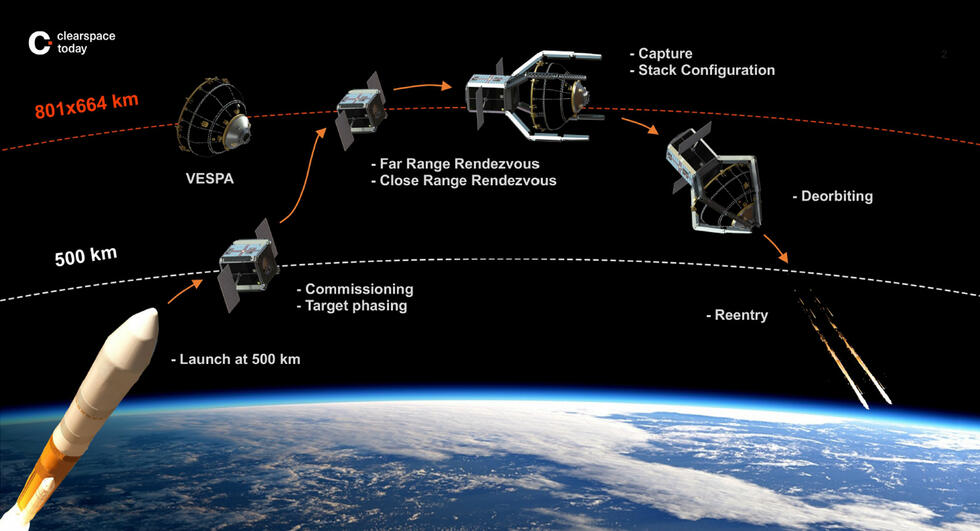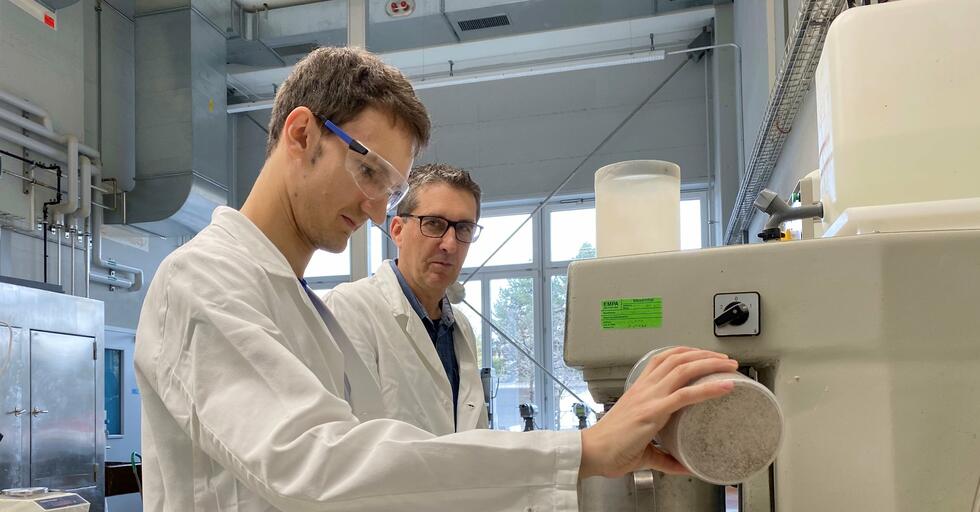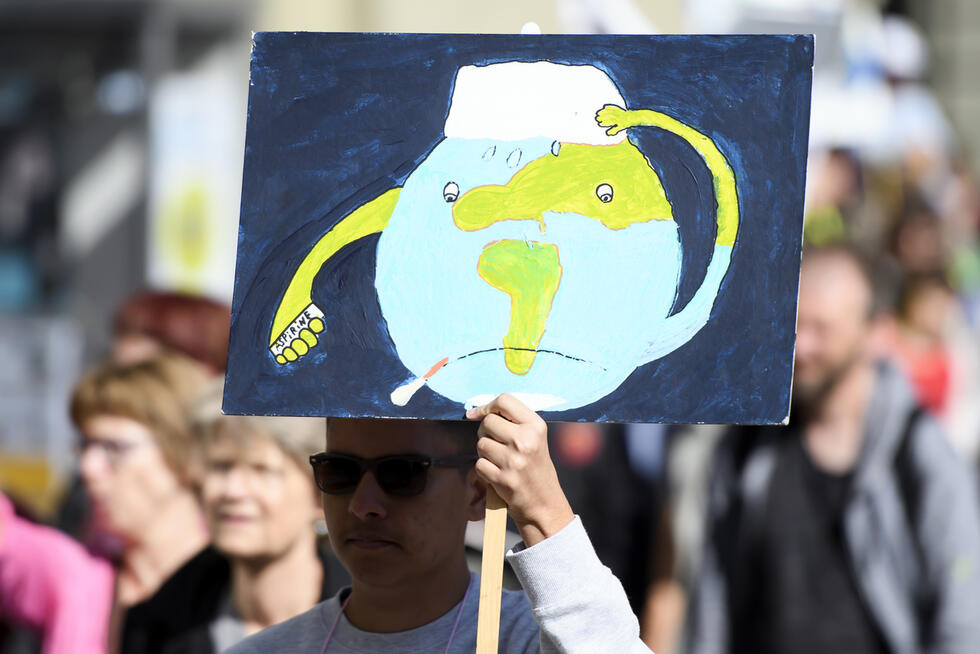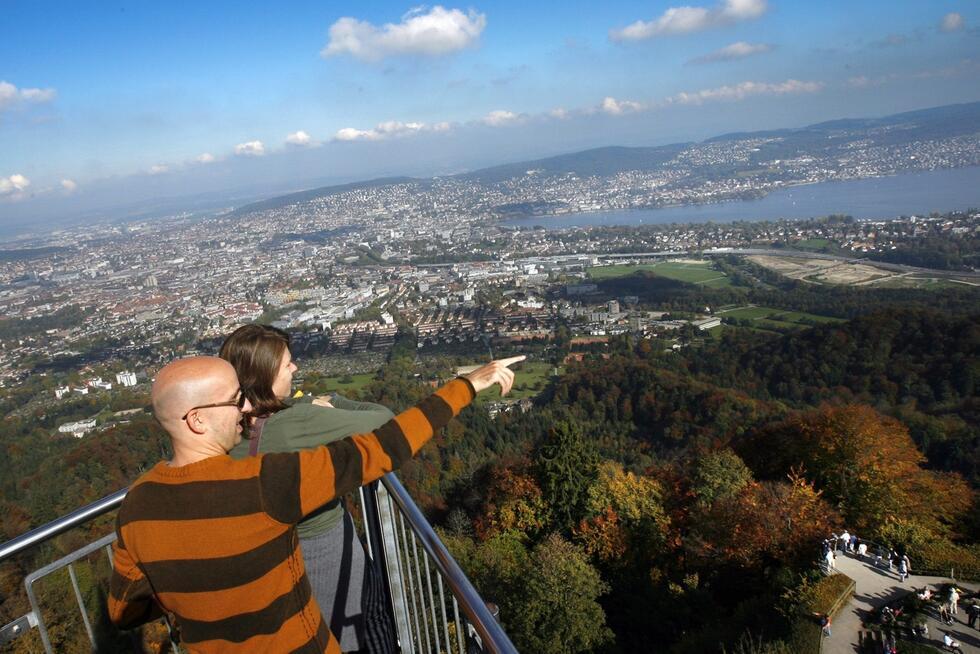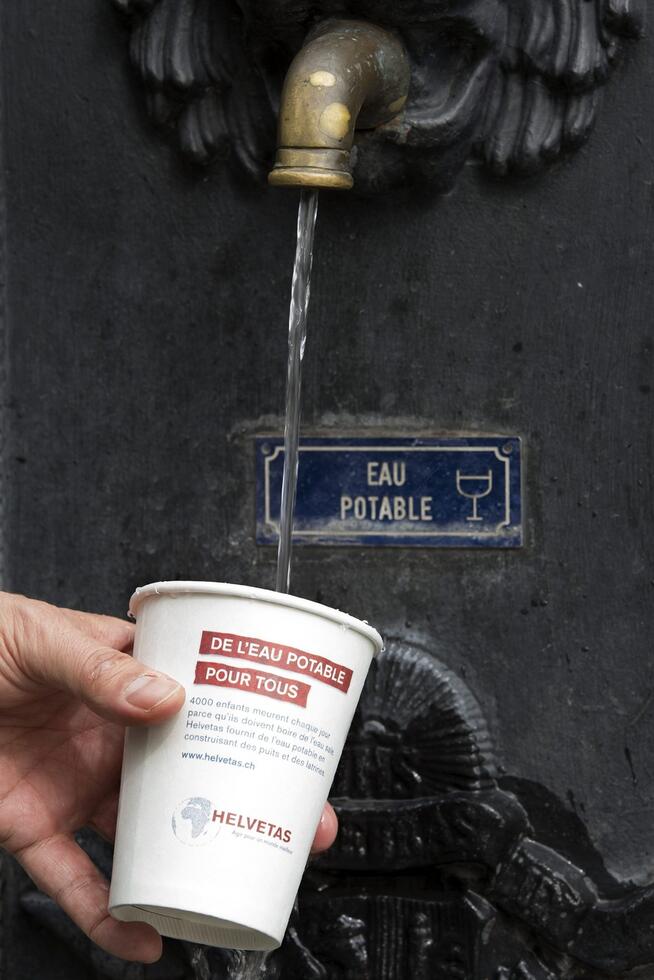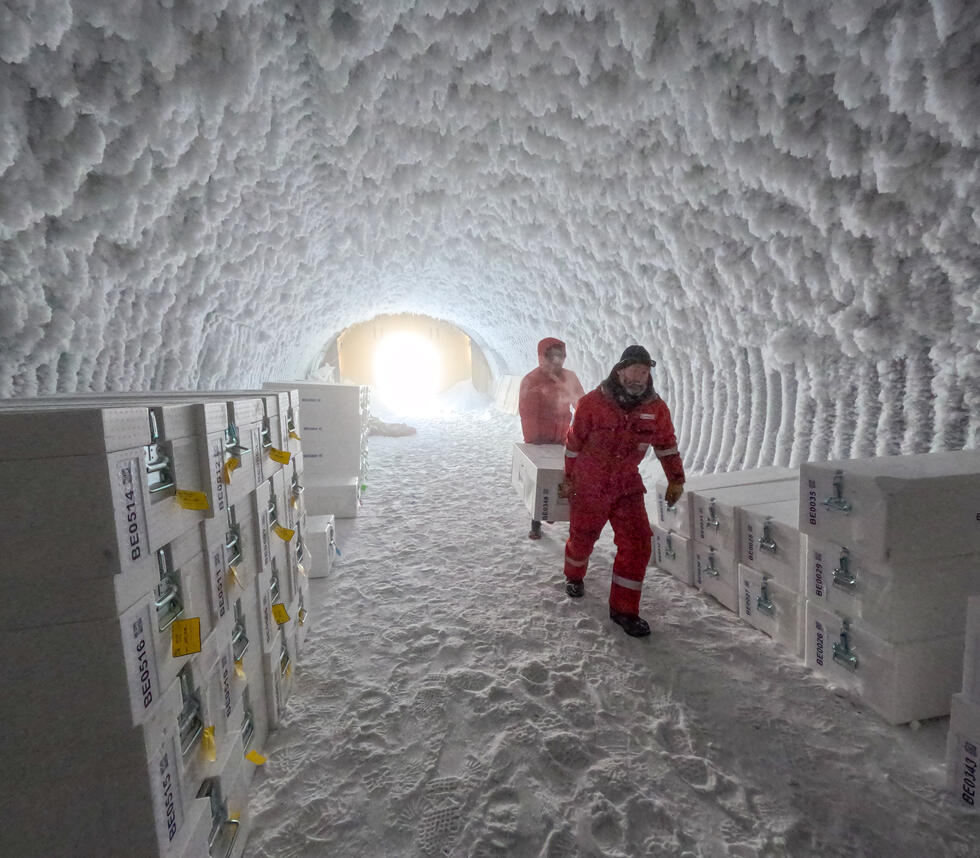SHORT NEWS
Mitigating the effects of global warming with moon dust
In a recent study, US scientists suggest using moon dust to combat global warming, since lunar dust shields a lot of sunlight with little mass. Other experts are critical of this method.
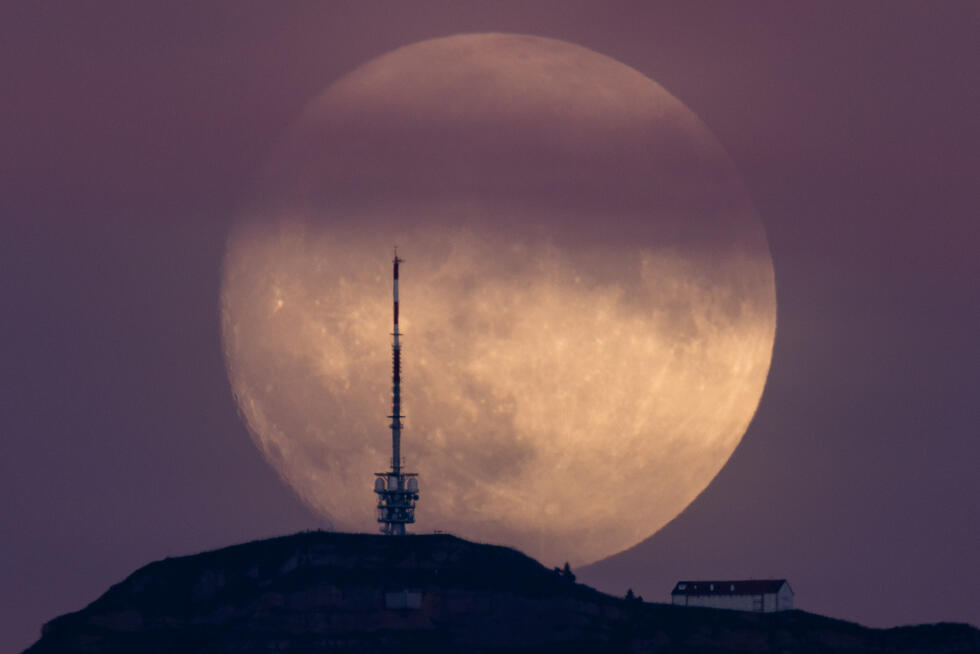
According to the Intergovernmental Panel on Climate Change, global warming must be limited to 1.5 degrees Celsius compared to the pre-industrial era in order to prevent catastrophic consequences. Ideas for filtering solar radiation have therefore been circulating for some time. However, since it has still not been possible to significantly reduce the greenhouse gas emissions responsible for global warming, geoengineering concepts, long considered outlandish, have recently become more and more the focus of attention. To lower temperatures by one or two degrees Celsius, it would already be enough to block one to two per cent of the sun's radiation.
This could be achieved with the help of lunar dust; at least that is what researchers from the University of Utah and the Harvard-Smithsonian Center for Astrophysics are convinced of. The scientists examined different types of dust in a variety of orbits. They wanted to find out which type of dust casts the most shadows.
Computer simulations showed that lunar dust "located at a gravitational point between the Earth and the Sun" worked best, said the study's lead author Ben Bromley. The study authors stress, however, that they were only concerned with calculating the potential impact - not the logistical feasibility.
Distracting from the problem
Experts uninvolved in the study praised the methodology but doubted the idea would actually work. "If you put lunar dust in the middle of the gravity between the Earth and the Sun, it can actually reflect heat," said Stuart Haszeldine of the University of Edinburgh. However, he compared the procedure to balancing "marbles on a football": within a week, "most of the dust would be out of orbit".
According to Joanna Haigh, an emeritus atmospheric scientist at Imperial College London, the study distracts from the real problem. It suggests that implementing such ideas could solve the climate crisis, she said. In reality, however, it only gives those responsible an excuse not to act.





















